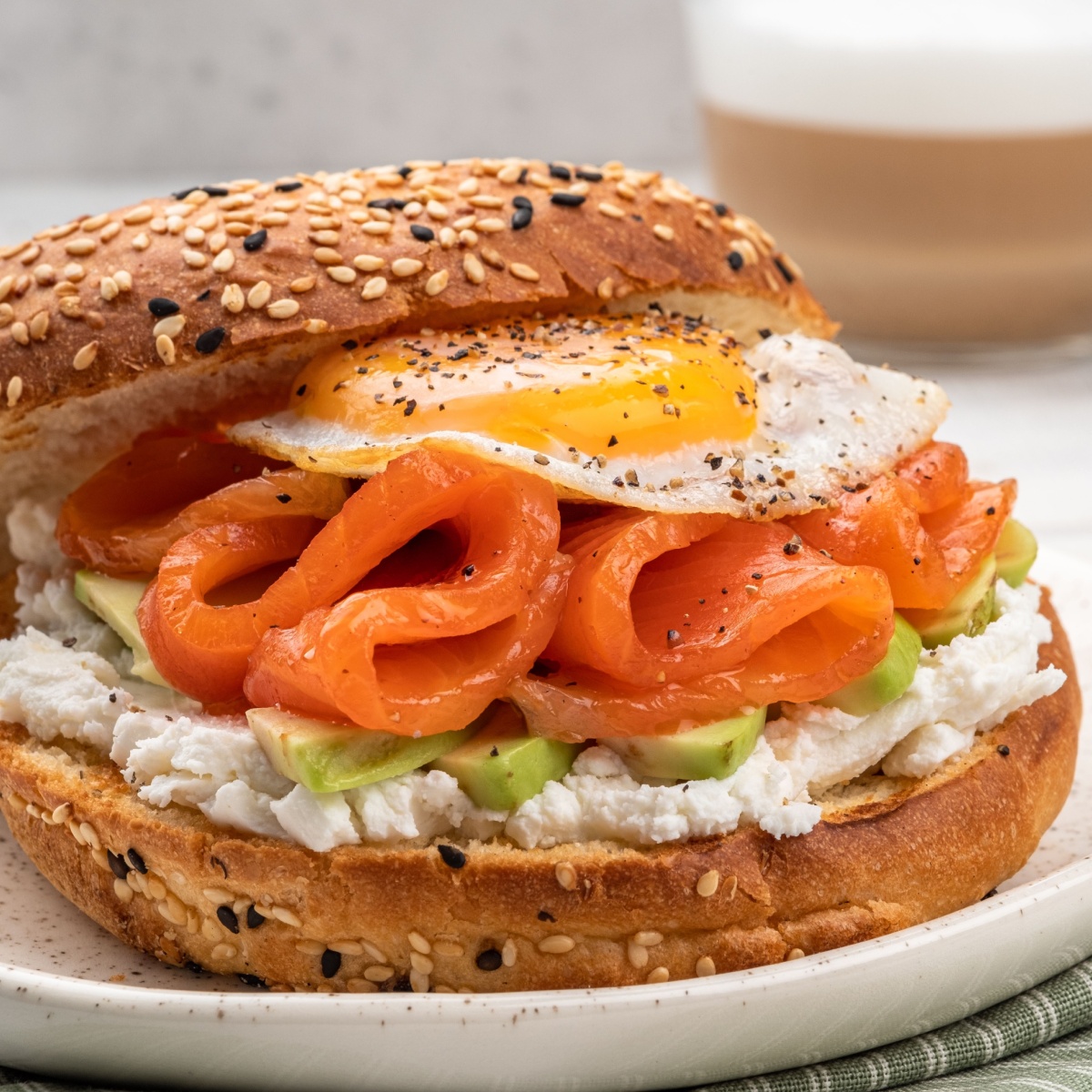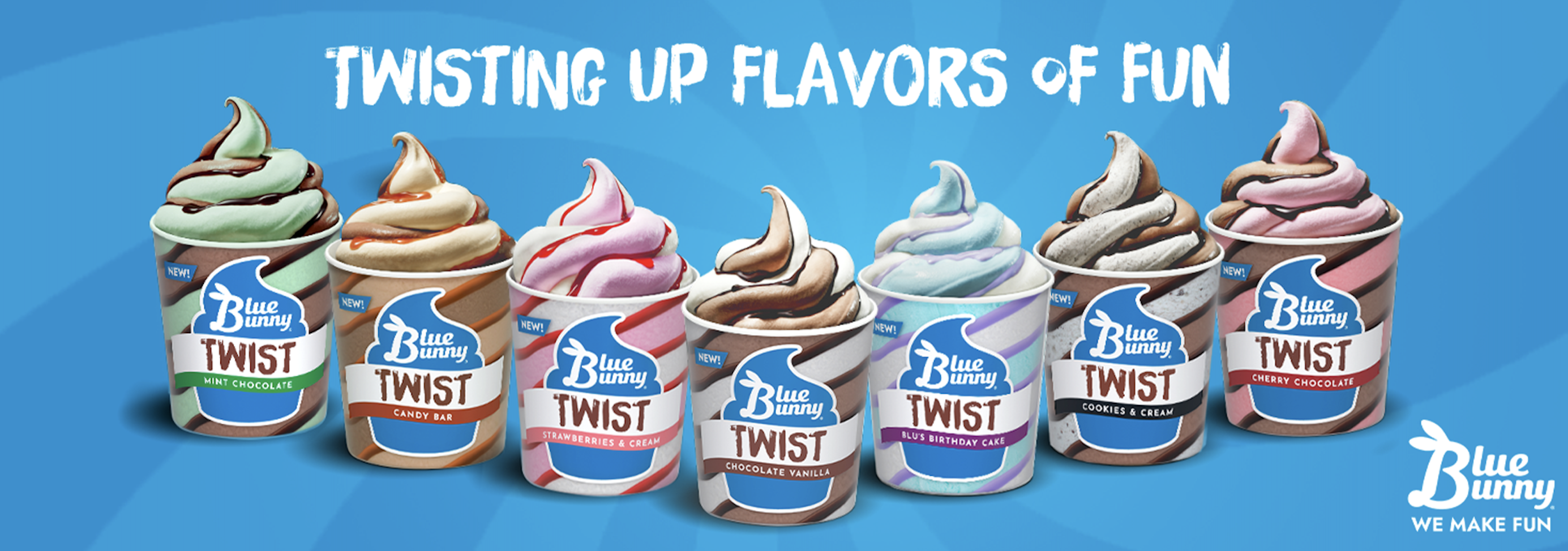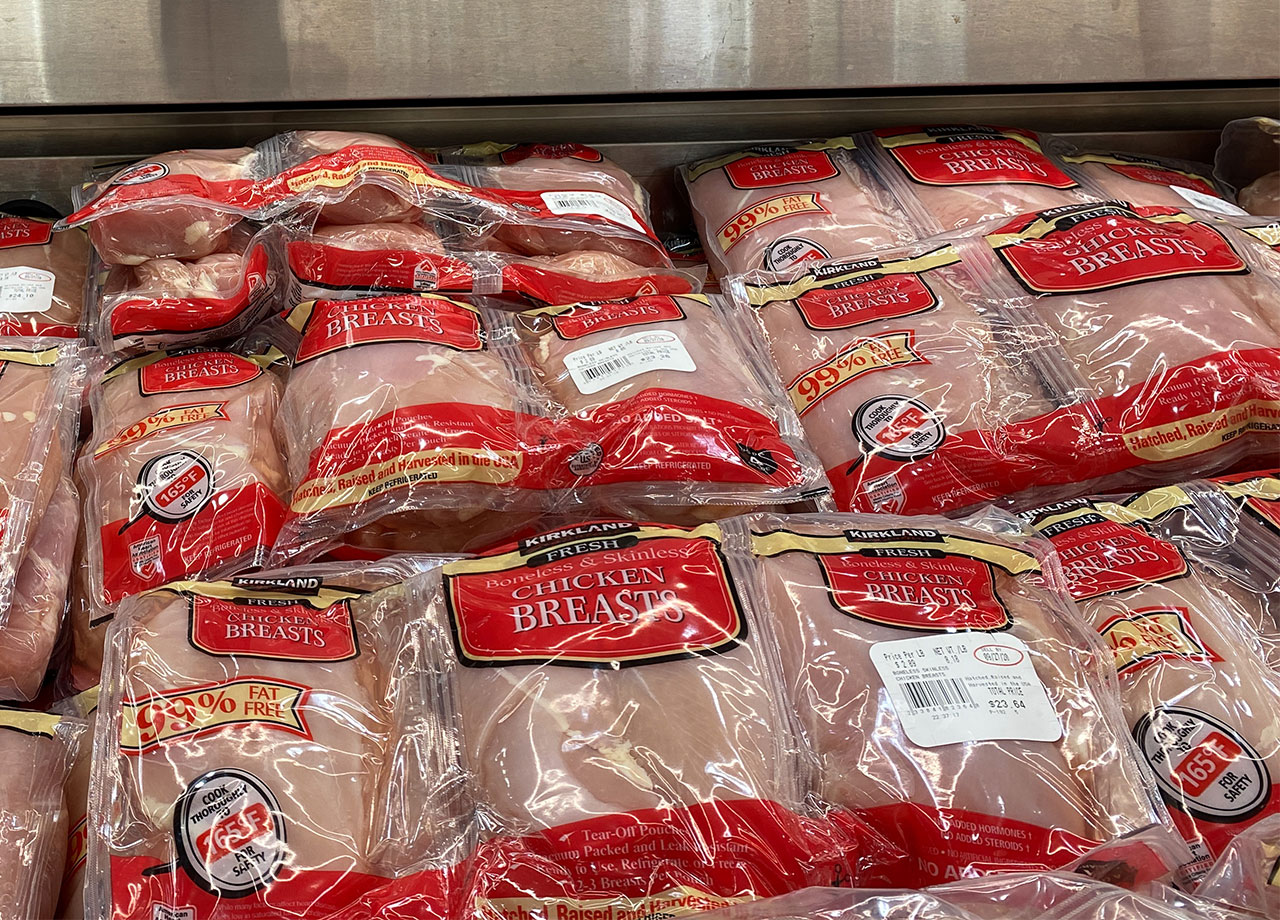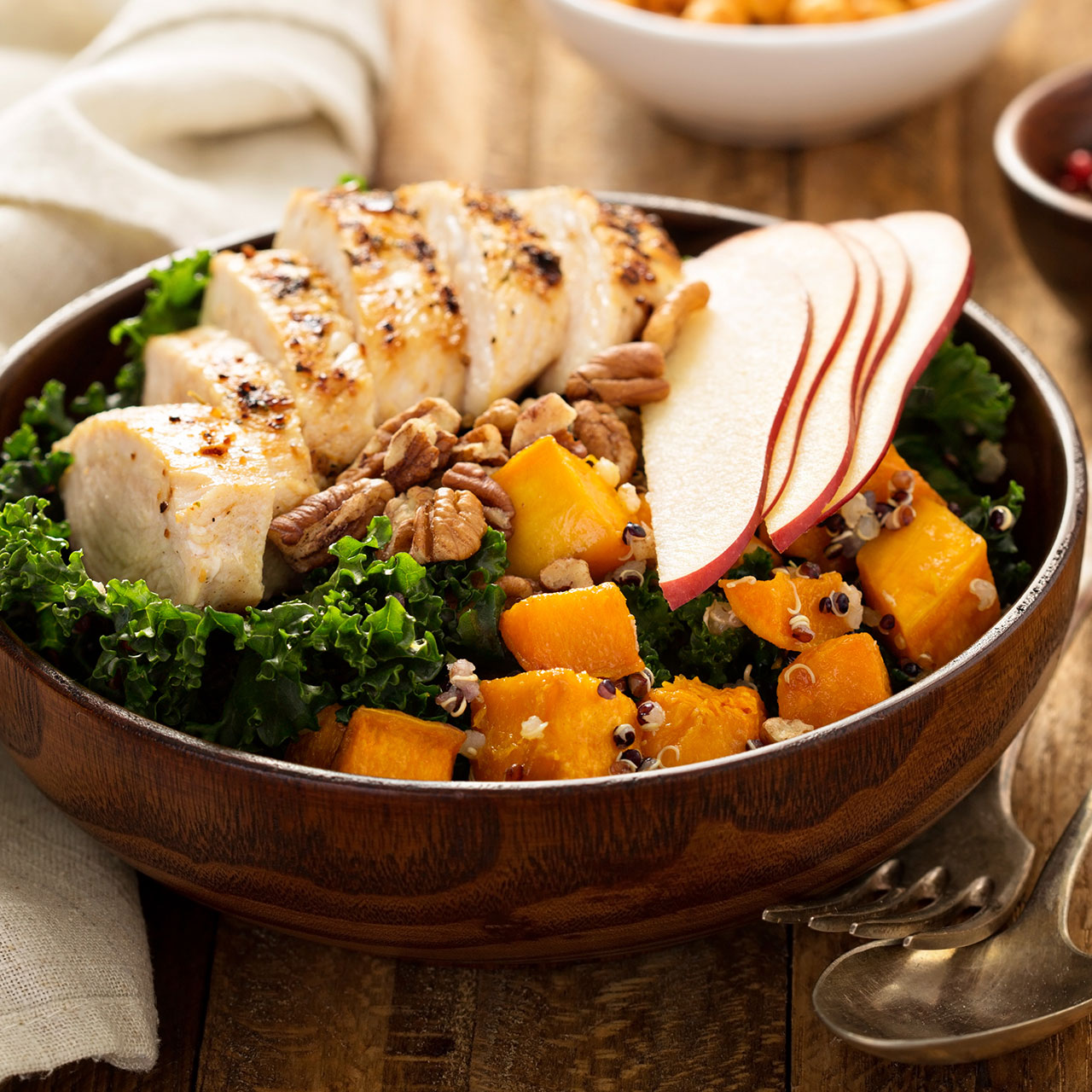If you’re trying to lose weight, we probably don’t have to tell you twice that white bread is somewhere towards the top of the list of foods you should limit your intake of for the best results. Unfortunately, although it’s tasty, white bread is highly processed and packed with sugar that can slow your weight loss and even lead to issues like inflammation and diabetes over time. Instead, you may reach for whole wheat bread as a healthy replacement. But is all bread that’s labeled as “whole wheat” really a healthier option than white bread? We asked experts to find out.
To get the low-down on white bread, whole wheat bread, the difference between them, and the healthiest bread options out there, we spoke to health coach Joanna Wen, founder of Spices & Greens, and registered dietitian Caitlin Carr. They told us that although wheat bread typically offers more fiber than white bread, there are a few other things you should look out for when choosing the healthiest possible bread for your weight loss journey. Find all of their expert insight below!
READ MORE:
Doctors Answer: What Is The Healthiest Way To Make Your Morning Toast for Weight Loss?
This Is the Healthiest Kind Of Bread You Can Actually Lose Weight Eating

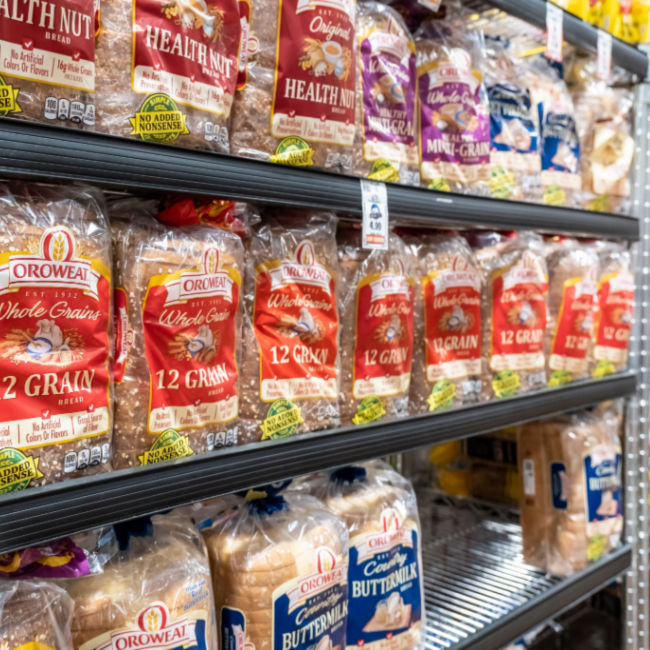
Benefits of whole wheat bread
Let’s get one important thing out of the way: when compared to white bread, there’s no denying that whole wheat bread is a much better option. While white bread offers virtually no nutrients and is instead packed with sugar, processed ingredients, and empty calories, whole wheat bread typically provides a substantial amount of fiber. As Wen notes, “whole wheat bread provides lots of fiber and can help to ward off appetite cravings while also supplying vital minerals and vitamins which our bodies need.”
Carr agrees: “The biggest advantage to whole wheat bread is the inclusion of fiber,” she says. “As opposed to white bread, 100% whole wheat bread is less processed and less refined so it will contain the wheat fiber.” And that can be especially helpful for weight loss because, as she explains, “Fiber helps us feel fuller longer, it can add volume without calories to a meal, and fiber prevents blood sugar spikes after a meal by slowing down absorption of sugar. All of these qualities, in addition to the nutrients found in fibrous foods, can help with weight loss.”
However, it’s important to note that not all bread labeled as “whole wheat” is automatically a good option for your overall health. Let’s get into that below.
Is all whole wheat bread healthy?
You may assume that as long as you’re not eating white bread and are instead choosing whole wheat options, you’re in the clear. However, Wen warns that some varieties of whole wheat bread can lead to the same issues as their white counterparts. “Not all bread labeled as “whole wheat” is healthy, as some may contain added sugar or preservatives,” she says.
According to Carr, the real rule of thumb when it comes to choosing healthy bread is to look for a “100% Whole Grain” label. She points out that “The terms ‘whole wheat’ and ‘whole grain’ are not the same. For a bread to be labeled ‘whole wheat,’ it only would need to contain some amount of whole wheat, not 100% of it.” Choosing 100% whole grain bread, however, will ensure you’re getting more fiber and nutrients and less processed ingredients.
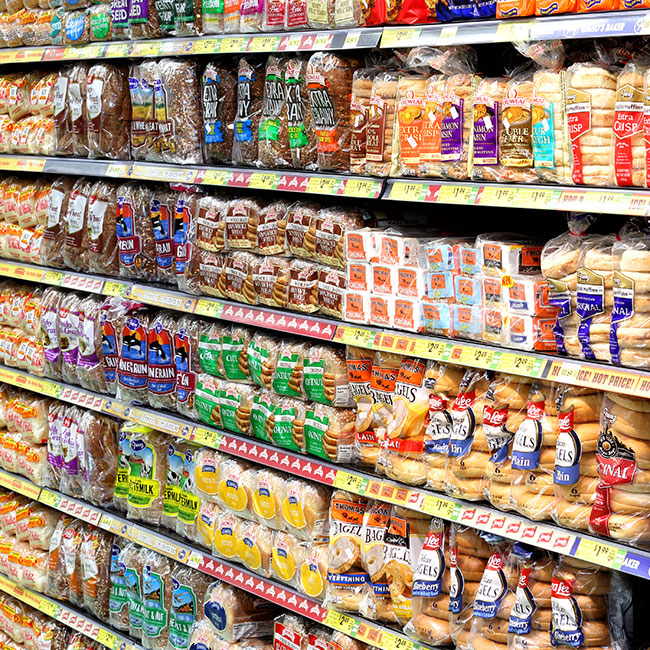
How to choose a healthy bread for weight loss
As far as how to tell whether or not a bread is 100% whole grain, Carr says you need only check the label and/or the ingredients. “Check for the whole grain council stamp to know if that bread has whole grains (like wheat) in it as opposed to believing other marketing pieces on the bread package,” she says. “Checking the ingredients list is always a good idea as well. You would want to see only whole wheat flour instead of white or white enriched flour.” She also suggests opting for whole grain breads that contain nuts and seeds “for extra satiety and nutrition.” Got it!
Additionally, Wen recommends choosing breads that are “minimally processed with naturally fermented grains,” listing sourdough and sprouted grain as a few good options. “These types of bread contain fewer carbohydrates and more vitamins and minerals compared with traditional whole wheat loaves, leading to greater overall nutritional benefits with fewer calories,” she says.
The bottom line
All in all, it’s always important to pay attention to what really goes into the foods you’re eating, rather than just relying on potentially misleading labels like “whole wheat.” While whole wheat is always a better option than white bread, the best way to ensure you’re getting the most nutrients and the least processed ingredients is to look out for a “100% whole grain” label and double check the ingredients.


